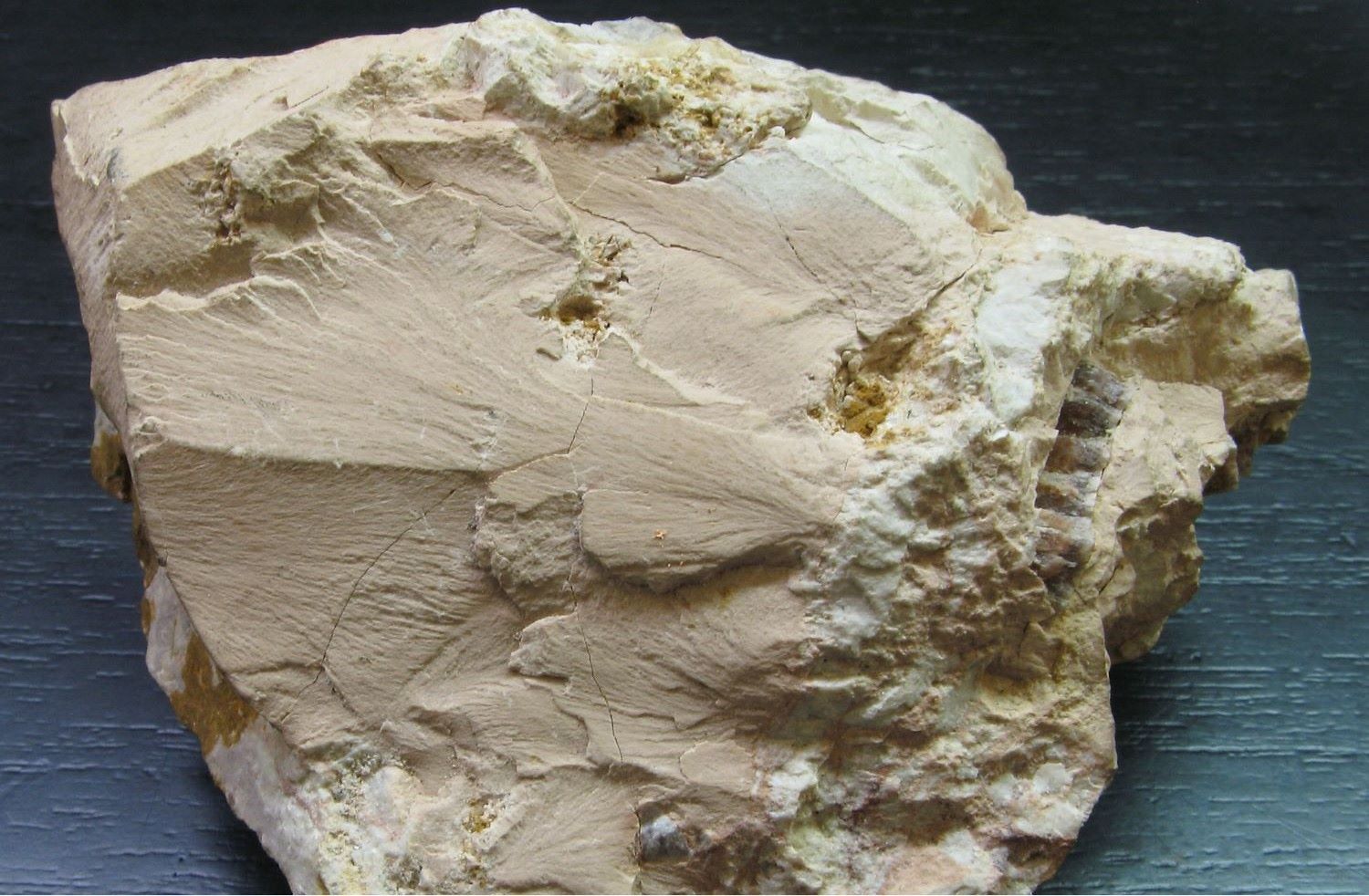
Nacrite is a fascinating mineral that often goes unnoticed. Found in various geological settings, this mineral has a unique structure and composition. Nacrite belongs to the kaolinite group, which means it shares similarities with other clay minerals. Its chemical formula, Al2Si2O5(OH)4, reveals its makeup of aluminum, silicon, oxygen, and hydrogen. This mineral forms in hexagonal crystals, giving it a distinct appearance. Nacrite is typically white or gray, but can sometimes show a hint of yellow or green. It's often found in sedimentary rocks and hydrothermal veins. Understanding nacrite can provide insights into geological processes and the Earth's history. Ready to learn more? Let's dive into 30 intriguing facts about nacrite!
Key Takeaways:
- Nacrite, a pearly mineral with a soft texture, has been used for centuries in pottery, alchemy, and even modern nanotechnology. Its unique properties make it valuable in various industrial and scientific applications.
- Found in France, Germany, and the United States, nacrite's low thermal expansion and chemical inertness make it stable under temperature changes and useful in environmental remediation and high-temperature industrial processes.
What is Nacrite?
Nacrite is a fascinating mineral with a rich history and unique properties. This mineral belongs to the kaolinite group and is known for its pearly luster and layered structure. Let's dive into some intriguing facts about nacrite.
- Nacrite is a type of clay mineral, specifically a polymorph of kaolinite.
- Its chemical formula is Al₂Si₂O₅(OH)₄, indicating it contains aluminum, silicon, oxygen, and hydrogen.
- The name "nacrite" comes from the French word "nacre," meaning mother-of-pearl, due to its pearly sheen.
- Nacrite forms in hydrothermal environments, often found in association with other clay minerals.
- It typically appears in white, gray, or yellowish colors, sometimes with a slight greenish tint.
- This mineral has a monoclinic crystal system, meaning its crystal structure is asymmetrical.
- Nacrite's crystals are usually microscopic, forming tiny, platy aggregates.
- It has a Mohs hardness of 2 to 2.5, making it a relatively soft mineral.
- The specific gravity of nacrite ranges from 2.6 to 2.65, indicating its density.
- Nacrite is often found in sedimentary rocks, particularly in clay-rich layers.
Historical Significance of Nacrite
Nacrite has been known and utilized for centuries, with various applications throughout history. Here are some historical facts about this mineral.
- Ancient civilizations used nacrite as a pigment in pottery and ceramics.
- In medieval times, nacrite was used in alchemy and early chemistry experiments.
- The mineral was first described scientifically in the early 19th century.
- Nacrite was once believed to have medicinal properties and was used in traditional remedies.
- It has been found in archaeological sites, indicating its use in ancient construction materials.
Nacrite in Modern Science
Today, nacrite continues to be a subject of scientific research and has various applications in modern technology. Let's explore some modern facts about nacrite.
- Nacrite is studied for its potential use in nanotechnology due to its layered structure.
- Researchers are investigating its properties for use in environmental remediation, such as water purification.
- Nacrite's thermal stability makes it a candidate for high-temperature industrial applications.
- It is used as a filler material in the production of paper, rubber, and plastics.
- Nacrite's unique properties make it a valuable component in certain types of ceramics and refractories.
Geographical Distribution of Nacrite
Nacrite can be found in various locations around the world. Here are some facts about its geographical distribution.
- Significant deposits of nacrite are found in France, particularly in the Limousin region.
- It is also found in Germany, especially in the Saxony region.
- Nacrite deposits have been discovered in the United States, notably in Georgia and South Carolina.
- Other countries with notable nacrite occurrences include Brazil, China, and Russia.
- The mineral is often found in areas with hydrothermal activity or where sedimentary rocks are prevalent.
Unique Properties of Nacrite
Nacrite possesses several unique properties that make it stand out among other minerals. Here are some interesting facts about its properties.
- Nacrite has a pearly luster, giving it a shiny, reflective appearance.
- It exhibits perfect cleavage, meaning it can easily split along specific planes.
- The mineral is known for its low thermal expansion, making it stable under temperature changes.
- Nacrite is chemically inert, meaning it does not react easily with other substances.
- It has a high surface area, which makes it useful in various industrial applications.
Nacrite's Fascinating World
Nacrite, a mineral often overlooked, holds a treasure trove of intriguing facts. From its unique crystal structure to its varied uses in ceramics and cosmetics, nacrite's versatility is impressive. Its formation process tells a story of geological marvels, while its chemical composition makes it a subject of study for scientists.
Not just a pretty face, nacrite's industrial applications highlight its importance in everyday products. Whether you're a geology enthusiast or just curious about the world around you, understanding nacrite adds another layer to your knowledge.
Next time you encounter a ceramic vase or a skincare product, remember the humble mineral that might be behind its creation. Nacrite's hidden depths make it a fascinating subject worth exploring. Keep these facts in mind, and you'll appreciate the small wonders that make up our world.
Frequently Asked Questions
Was this page helpful?
Our commitment to delivering trustworthy and engaging content is at the heart of what we do. Each fact on our site is contributed by real users like you, bringing a wealth of diverse insights and information. To ensure the highest standards of accuracy and reliability, our dedicated editors meticulously review each submission. This process guarantees that the facts we share are not only fascinating but also credible. Trust in our commitment to quality and authenticity as you explore and learn with us.
